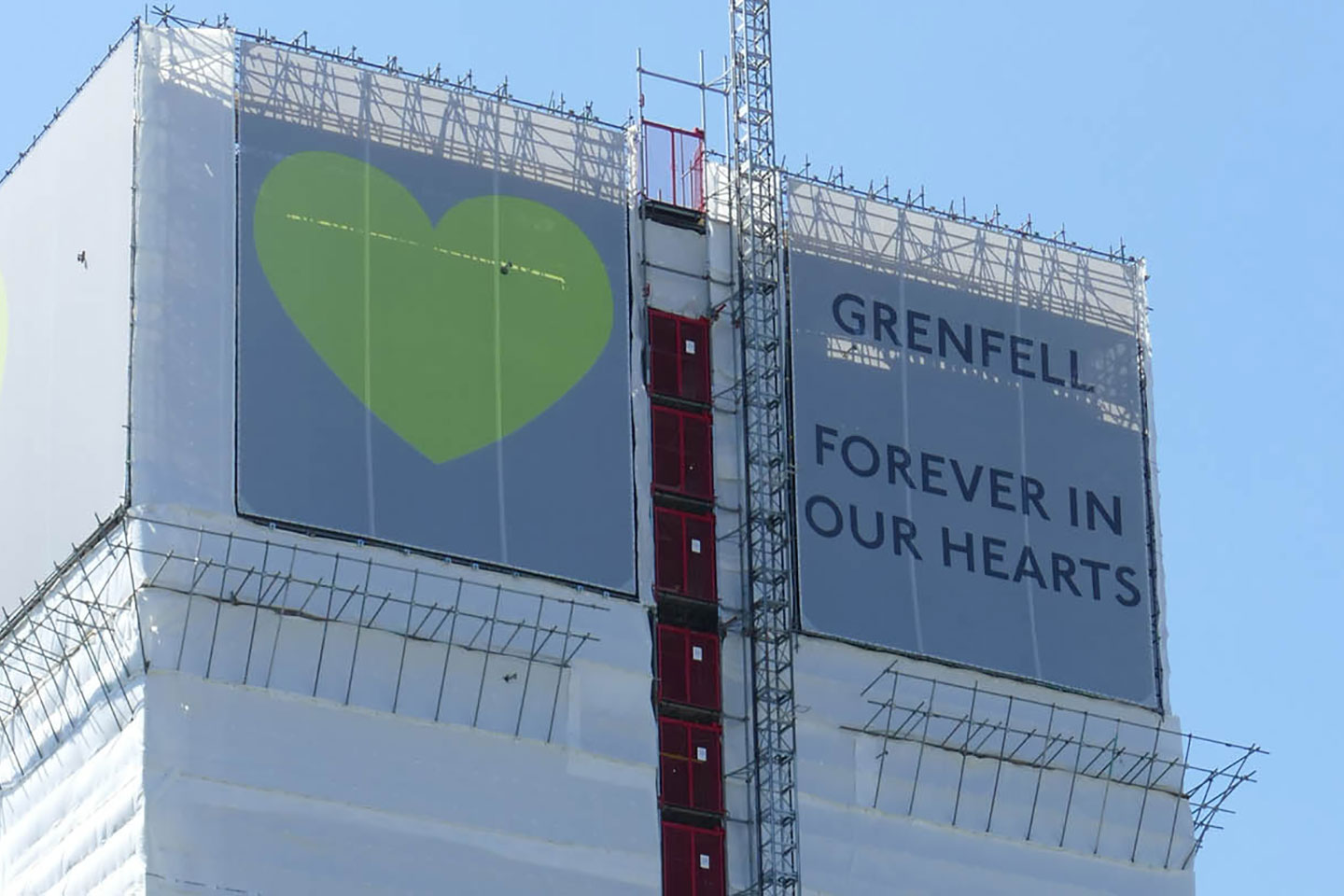The Golden Thread of Information: Putting the Hackitt Report into Practice
by Alex Blaylock, Senior Architect, Ryder Architecture | August 25, 2020 | 3 min read

Home / Insights / Infrastructure / The Golden Thread of Information …
In May 2018, Dame Judith Hackitt’s review into building regulations and fire safety was published. Commissioned by the government, Hackitt sought to review the circumstances which led to the tragedy of the Grenfell fire in June 2017. While the events of Grenfell remain firmly in our memories, the best way to honour the lives lost is to ensure that events such as this one never happen again.
Hackitt undertook a review into the construction industry, identifying where accountability should lie – and what we as an industry should be putting in place in order to build safely and responsibly. Her review identified several potential roadblocks in the construction of High Rise Residential Buildings (HRRBs), such as inadequate resident engagement, and a lack of both competence and knowledge among those working on high rise and complex residential buildings. But she also introduced several proposed measures to overcome these barriers and avoid future disasters such as Grenfell. The damning report called for a “radical rethink of the whole system and how it works.” (Hackitt, 2018).
She recommended, for example, that the government specify key roles and their responsibilities to ensuring safety in HRRBs – including the legal responsibility to provide four information products (digital record, fire and emergency file, full plans and construction control plan) – verified through three gateway checks.
Additionally, Hackitt put forward the importance of residents’ voices within these homes – namely, that residents should be able to access fire risk assessments, safety case documentation and information on maintenance and asset management relating to the safety of their homes. While an increase in transparency such as this is a positive move forward, the onus should not be on residents and laypeople to identify potential risks in their homes.
Industry and individual competence, Hackitt insists, plays a crucial part not just in ensuring the safety of buildings – but also in regaining the trust of indemnity insurance providers in the wake of Grenfell. She explained that construction and fire safety sectors needed to demonstrate more effective leadership in relation to developing a responsible approach to building safety. In the years following Hackitt’s ‘Building a Safer Future’ report, an Early Adopters Programme was set up by the government to promote good practice and kick off this cultural change. However, it is all of our responsibility to ensure that decision makers understand the implications their choices have – and how important correct training and tools are.
The recommendations lead up to the critical collection, storage and continuation of data and information throughout the lifecycle of a building – from construction, through to any changes and updates, and onwards.
This thread of data – known as The Golden Thread of building information – represents a need to standardise project information. Hackitt proposed that the government should develop and agree with the construction industry a standardised format for digital information for the design, construction, and occupation of HRRBs. The data should be kept up to date and developed further during any refurbishments on the building. Critically, the information should be openly accessible and secure.
It has been two years since the release of the Hackitt report, and the industry has moved forward – but has it done enough? The proposal of The Golden Thread of information has been a catalyst for the onset of industry information, creating trusted and consistent data that is transferable between all appointing parties across an asset’s lifecycle.
However, there is more to be done. Digitising accurate information from the very start of a project is imperative in helping the industry shift to a digital and innovative use of data, in order to feed value-based decision making.
BIM Academy and Ryder Architecture will be joining forces on 1 September to go into further detail on the why – and, more importantly, the how – of implementing The Golden Thread of information within high rise residential projects.
Join Peter Barker, Dr Graham Kelly, and Dr Oliver Jones for free on Tues as they reflect on the years following Hackitt’s ‘Building a Safer Future’ report – and what comes next.

